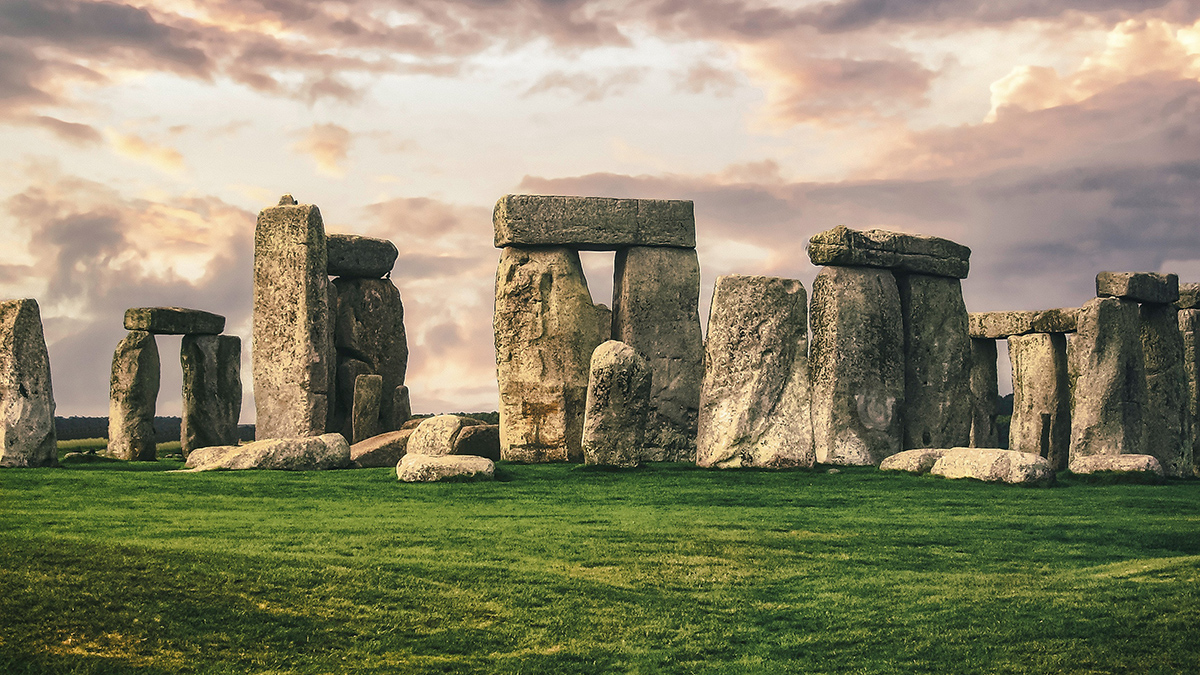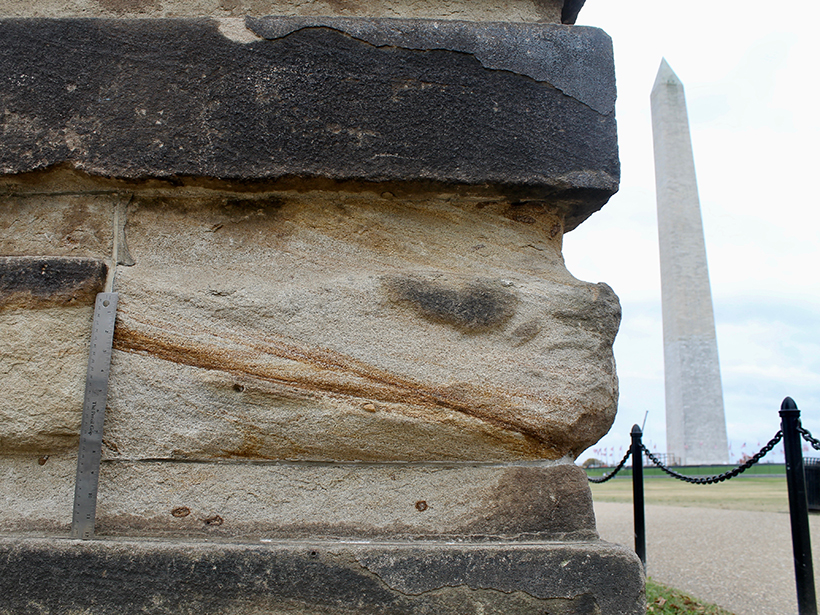New 3D imaging techniques show hidden patterns of stress that help explain how and why rocks break.
sandstone
From Sandstone Basin to Stonehenge Altar
New research unearths the Scottish origin of Stonehenge’s Altar Stone and its 750-kilometer journey to Salisbury Plain.
A New Origin Story for Mars’s Burns Formation
The Red Planet’s Grasberg and Burns formations have different compositions today, but they may have started out the same way.
The Rise of Gaming-Based Virtual Field Trips
Geologists are harnessing a game engine to build environments for teaching and learning.
Rock Music in Utah
Three-dimensional models could help forecast rock tower frequencies—and seismic impacts—around the globe.
Zircons and Plate Tectonics
New data on ancient zircons points to a transition from stagnant lid to subduction style tectonics at 3.6 Ga ago.
Clay Type, Not Just Content, Crucial for Fault Zone Permeability
Faults containing clays are often considered as barriers to fluid flow but new work shows that fault processes leading to the formation of clays can increase permeability relative to the host rock.
When Climate Ruled the Dinosaurs of Grand Staircase
Living in Geologic Time: Navigate the prolific boneyards and shifting boundaries of Grand Staircase-Escalante and Bears Ears National Monuments.
The First Angstrom-Scale View of Weathering
Researchers observe how water vapor and liquid alter sedimentary rocks through physical and chemical processes.
Self-Guided Tour of the Geology in D. C. Buildings
The architecture of the nation’s capital reveals a secret geologic history—take a walking tour to spot the interesting fossils and minerals in the stones used to build the halls of power.










